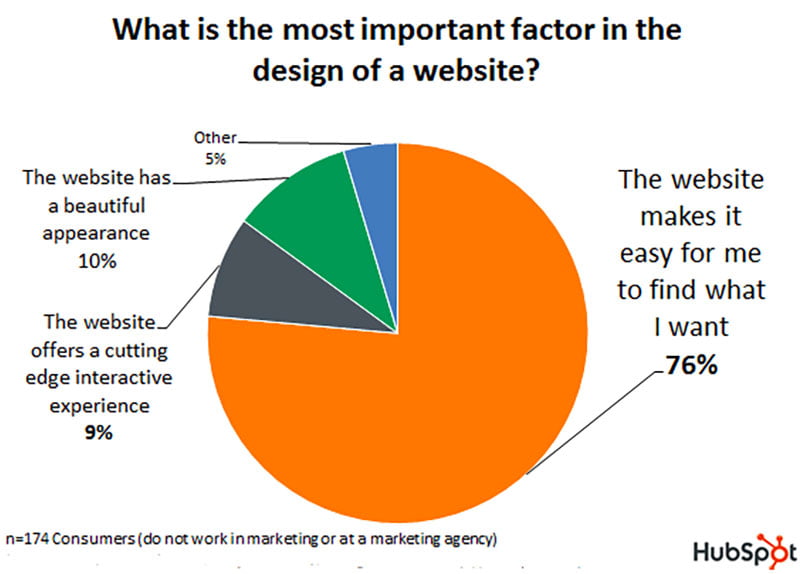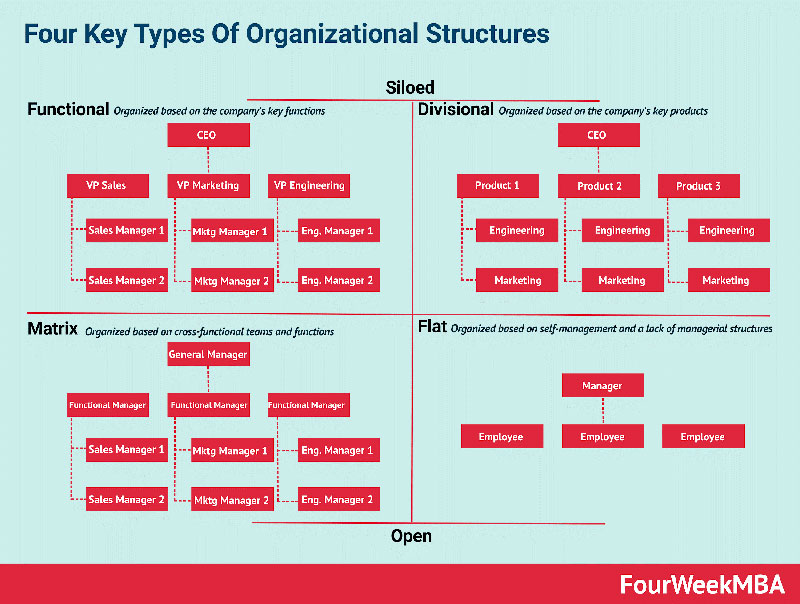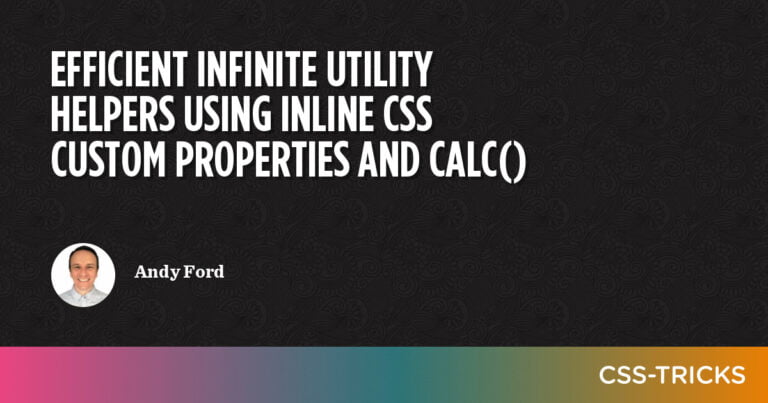Everyone wants to be their own boss, and that is the primary reason why so many people freelance. It gives you the flexibility to set your hours and helps you build expertise. But what happens when you are not able to handle all the work yourself? It’s time to enlist more people and start a design agency.
There is nothing better than building a business from the ground up and watching it grow. However, before you can do that, there are several steps that you need to take. I will break down the six stages to starting your own business with a design agency in mind. Let’s dive in!
Step By Step Process To Start A Design Agency
Table of Contents
- 1 Step By Step Process To Start A Design Agency
- 1.1 1. Determine the Design Services You’ll Offer
- 1.2 2. Pick a Name and Design a Solid Website for Your Agency
- 1.3 3. Choose a Location or Virtual Office for Your Agency
- 1.4 4. Decide a Structure for Your Work and Start Hiring Resources
- 1.5 5. Start Approaching Prospects and Close Clients
- 1.6 6. Find The Right Tools For Your Process
- 2 How Can Your Freelancing Career Help in Establishing an Agency?
- 3 Wrapping up
Growing from a one-person business to having a team can be a daunting process with legal and organizational hurdles. You have to choose a name, hire people, decide what kind of manager you want to be, and get more clients to grow your team – and that’s just the beginning!
This section will break down the process into steps to help you tackle all these issues and enable you to start a design agency the right way.
1. Determine the Design Services You’ll Offer
The first step towards building your agency is deciding what services you want to offer. You might wish to stick to the services you provided as a freelancer, which allows you to build on your expertise. Knowing your way around the field will help you leverage your clients and contacts to grow your team.
If you plan to offer one specific service, consider teaming up with other agencies that provide related services. Doing this helps you in two ways. First, it is convenient for your clients. Secondly, it enables you to build stronger partnerships with others in your industry. Having allies that will offer their support and recommend you to their networks can make a real difference.
Focusing on niche expertise helps you gain credibility in the industry as you already have an established name in the business as a freelancer. It also helps to cut down on the initial learning phase, saving you time on training your staff.
2. Pick a Name and Design a Solid Website for Your Agency
After you know what services you want to offer, we look at your branding’s most critical aspect: the business name. When choosing a name, the rule of thumb is that it should be easy to read, simple, memorable, and aligned with your long-term goals. Next, design a logo for your business.
After you have zeroed in on a name, check if any other company already has the same name. You will not be able to incorporate your agency with the same title if it is already taken. Check with your local office to make sure it is available. Next, purchase the domain name and check if the name is available on social media. If so, claim the handles now, even if you don’t think you’ll use them immediately
With the name and domain in place, the next step is to create a website for your agency. As a B2B business, your aim should be to have a clean landing page with an easy way for site visitors to get in touch with your team. Include a blog, examples of past work, , client reviews from your freelancer days, and statistics to highlight your expertise. There are numerous excellent online resources if you have any web page design questions that can help you build the site that will help you achieve your goals. It’s a good idea to get support from a web design agency to help create a smooth and optimized user experience that drives conversions.


Source: New Breed Marketing
Your website should be informative but also engaging. Avoid long passages of text and break it up with images and videos that give more information about your business. Using a video hosting platform can help you add video to your site.
3. Choose a Location or Virtual Office for Your Agency
The next thing to do is to decide where your operations will be based. You could opt for a physical office or have a completely remote team. At one time, most creative agencies would have a physical space to house their operations and signal legitimate businesses. However, all that has changed, and there is now a rapid rise in remote agencies. Both options come with their pros and cons, and you should choose the one that makes sense for you.
A physical space comes with certain fixed expenses such as rent and utilities, but is a great way to meet your clients and foster a close team dynamic. Remote teams may not allow you to meet your clients in person, but they allow you to hire the right people no matter where they are in the world. With the rise of online collaboration and video conferencing tools, you can still oversee your entire operation from the comfort of your home office.
4. Decide a Structure for Your Work and Start Hiring Resources
As a freelancer, you must have faced an inconsistent flow of money. As Robert Kiyosaki, Author of Rich Dad Poor Dad says “It has nothing to do with how much money you make, it’s about how much money you keep”
The next step to start a design agency is to decide how you want your organization to be structured, giving you an idea of the roles you need to hire for. There are four main types of structures that you can adopt.


Source: Four Week MBA
The structure will depend on your management style as well as the services that you plan to offer. As you begin hiring, start with the roles that will free up your time to run the business while continuing to serve clients. List the activities that you did as a freelancer, and then work out which ones you need to hire. For instance, you might start by getting a graphic designer.
An article by Harvard Business Review describes the pitfalls of complex structure. As a rule, it is wise to keep the structure flat as you begin, and then add layers as your business grows.
You will also need to decide if you want to hire full-time employees or freelancers. In the beginning, you can opt for a hybrid model and bring more people in-house as the business gains momentum.
5. Start Approaching Prospects and Close Clients
With your team and website in place and a suitable gmail business address, start reaching out to potential clients with your services. Start by reaching out to your contacts and telling them about your new venture. Don’t be afraid to shout about what makes your business different and unique. Often, it is not big corporations but big ideas that succeed.
You’ll need to create an engaging sales pitch and marketing copy that drives conversions. Your sales pitch should be concise, have the right visuals, and give them clear steps on how to proceed ahead. Try to show, not tell and give real-life examples to back your claim. Start an affiliate program to complement your marketing team’s efforts to help them get more user-generated promotion out there.
In addition to the above, spread the word about your new venture. If you have a client list, send out emails introducing your agency. Another great way to get people interested is social media. Use engaging copy and educational content to kick off your agency’s promotion. Read this detailed Funnel Scripts review to help you create actionable marketing copies for your business.
6. Find The Right Tools For Your Process
People are showing interest in your business, and it looks like you are off to a great start. But do you have the right tools to deliver on your projects? Your sales, marketing, and support teams will need the right tools to help them deliver results.
Use online collaboration tools like Trello, Microsoft Teams, and Slack to enable coordination. For your support team, use ticketing software that will help them with queries and feedback. You will also need to equip your marketing team with tools like Google Analytics and Hootsuite to complement their online marketing and services like Mail Chimp to back email marketing. Install a cloud-based HR software that will also help you track productivity.
How Can Your Freelancing Career Help in Establishing an Agency?
Your freelancing career can be a great jumping-off point for your agency and can help you in the following ways:
- As a one-person organization, you had to have an in-depth knowledge of each function, from sales to marketing to accounts. This will help you understand each team’s needs and challenges.
- You already have a name for yourself in the industry and have contacts that trust your work, which means you are not starting at zero when it comes to getting clients.
- You know the industry’s ins and outs and can tailor your services to fill the current gaps in your niche.
You can make your freelancing experience work in your favor by leveraging your expertise, contacts, and industry knowledge to offer the services that your clients need.
Wrapping up
These steps will help you start a design agency and move from being a freelancer towards managing a team and an expanded list of clients. Start by defining what you want to offer and the name of your business. Next, decide where your team will be housed. If you opt for a remote team, make sure you have the right software to help them coordinate.
Next, you’ll need to decide your business structure and hire people to fill the relevant roles. Once the primary system is in good shape, you can start reaching out to potential clients and marketing your services. As your business grows, make sure your team has the right tools to help them do their job as the brand scales up.
Running an agency is a huge amount of hard work. But it’s also incredibly rewarding and a great way to scale a freelance business and support more clients. So, what are you waiting for? Take the first step today.






